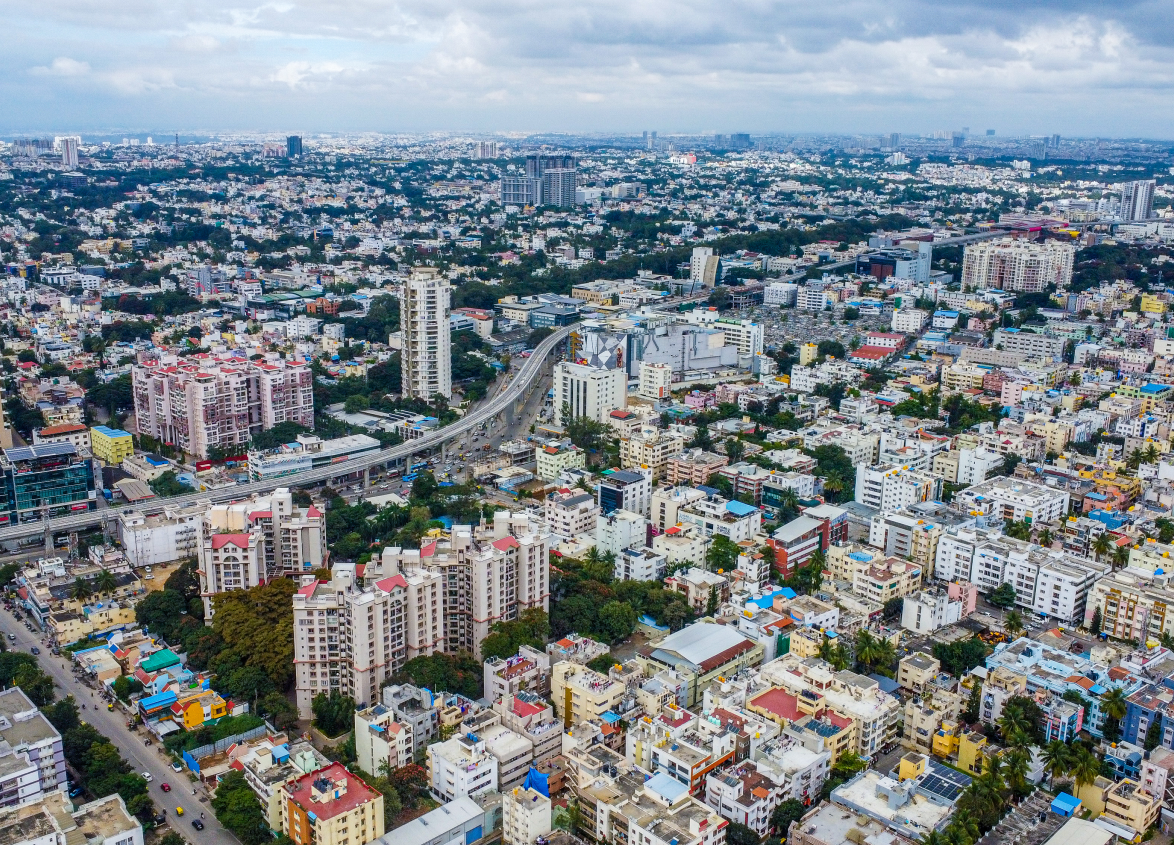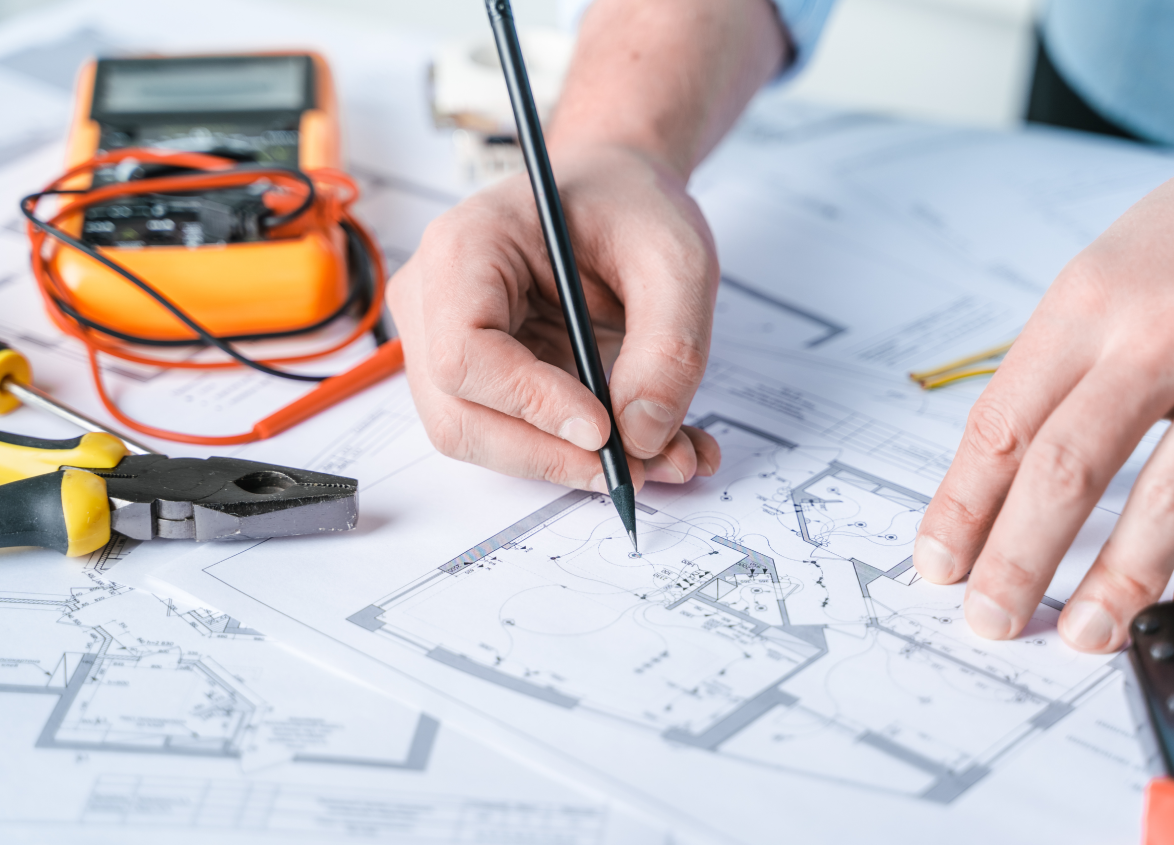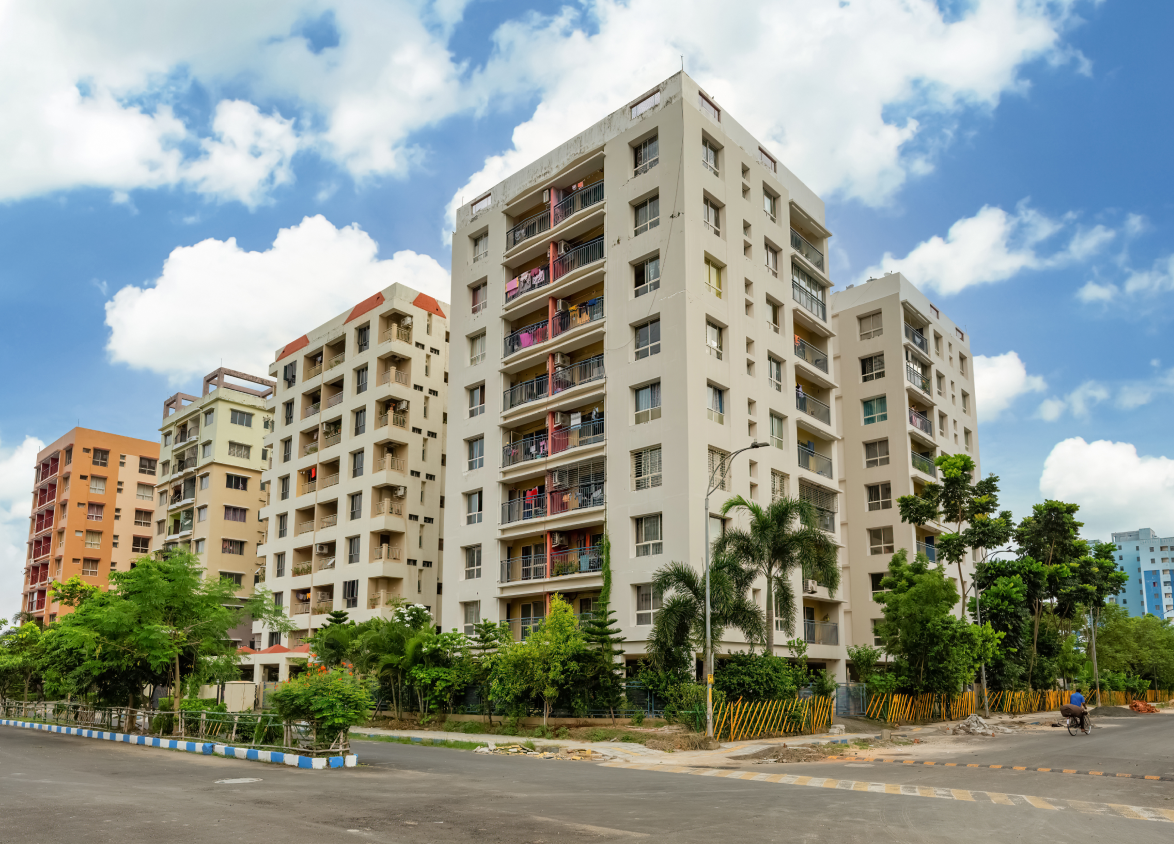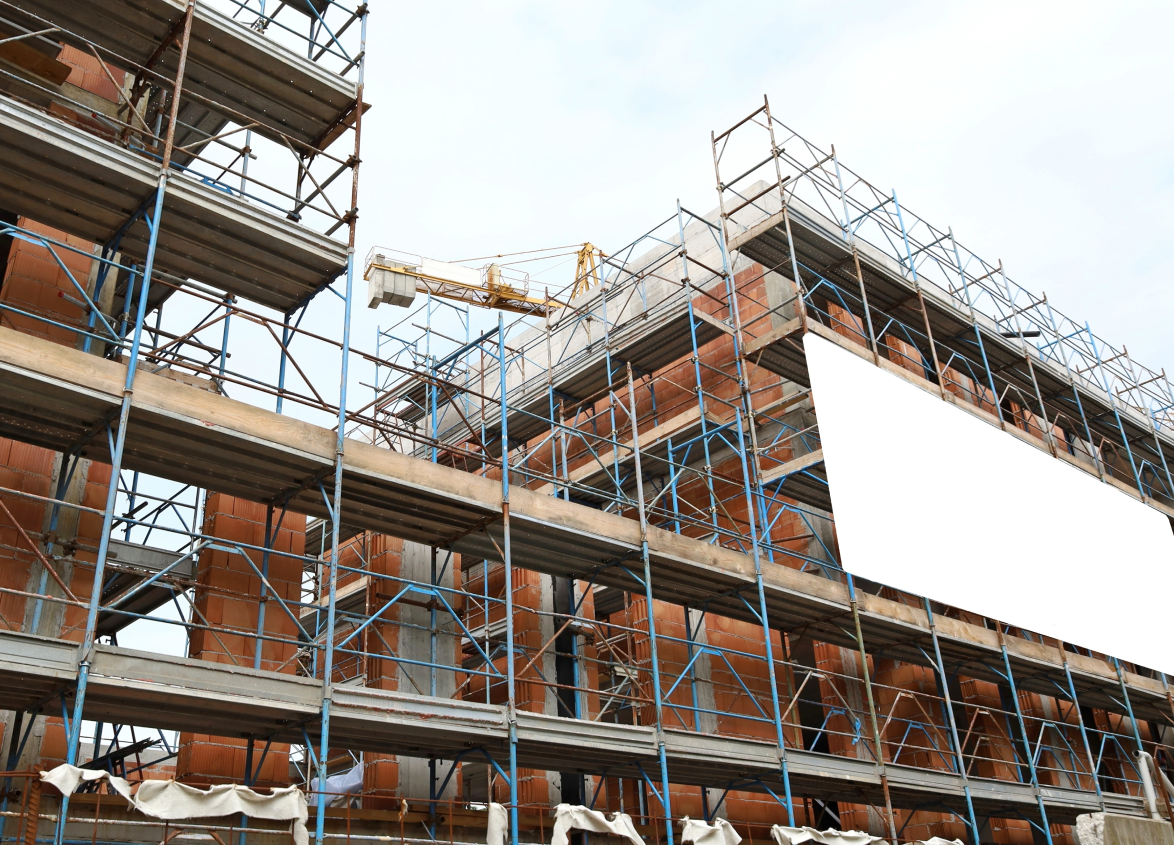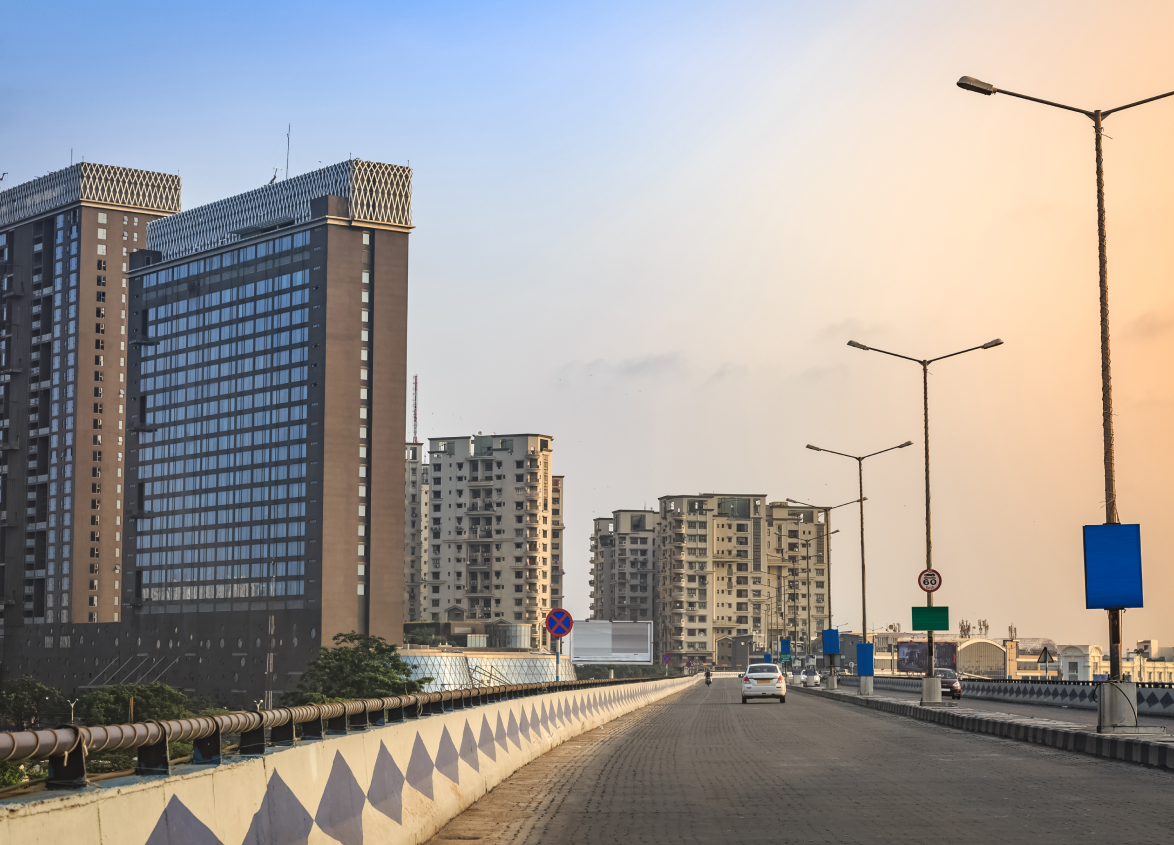
Residential
Ready Reckoner Rate: What It Is and Why It Matters in Real Estate Transactions
April 15, 2025
Understanding the Ready Reckoner Rate in Real Estate
The Ready Reckoner Rate (RRR) is fundamental in real estate deals. The government calculates it to determine accurate property valuations. The government property rates, known as the circle rate or guidance value, are significant in tax calculations.
Both buyers and sellers need to understand ready reckoner rates since these rates directly affect stamp duty, registration charges and overall transactional costs. Whether buying a home, selling property or even investing in real estate, understanding how RRR operates will enable you to make better-informed decisions and prevent financial surprises.
What is the Ready Reckoner Rate?
The Ready Reckoner Rate refers to the minimum property valuation the government sets for a specific location. It is a benchmark price for uniform tax calculation in property dealings and discourages undervaluation.
- In India, ready reckoner rates in various localities are determined by each state government according to market conditions, infrastructure availability and demand.
- Property transactions cannot occur below this rate, ensuring transparency in the market.
- Although the market value fluctuates, the RRR serves as the baseline for taxation and legal documentation.
Why the Ready Reckoner Rate is Important
1. Guarantees Fair Taxation and Clarity
One of the fundamental purposes of the Ready Reckoner Rate is to prevent the undervaluation of property transactions. Buyers and sellers used under-valuation of the sale price to pay less stamp duty and capital gains tax.
With the introduction of government property rates:
- Property transactions continue to be transparent and without tax evasion.
- Governments facilitate proper revenue collection from property transactions.
2. Effects on Property Value and Market Stability
The RRR affects market trends by providing a minimum price for transactions. If the rate is too high, it can deter buyers; if it is too low, it may not represent the actual market value.
3. Directly Impacts Stamp Duty and Registration Fees
Stamp duty and registration fees are computed using the government property rates, so purchasers must know the gazetted rates before buying a property.
How Is the Ready Reckoner Rate Determined?
Government authorities revise the RRR periodically based on the following:
- Infrastructure Development: Upcoming metro projects, highways, commercial hubs, etc.
- Real Estate Demand: More demand leads to an increase in rates.
- Local Market Trends: Prices are analysed to keep ready reckoner rates aligned with real estate growth.
- Amenities & Neighborhood Quality: Premium localities with better services have higher RRR.
Calculation of Ready Reckoner Rate
The state government charges varying prices for residential, commercial, and industrial properties. Based on land classification and infrastructure, all localities, districts or zones have an assigned price per square foot. Let us find out how ready reckoner rate is calculated:
Ready Reckoner Rate × Built-up Area = Minimum Property Value
Suggested Read - All You Need to Know about Carpet Area, Built up Area and Super Built up Area
For example, if the ready reckoner rate in a locality is ₹5,000 per sq. ft., and the property size is 1,000 sq. ft., the minimum taxation value will be ₹50,00,000, even if the market value is lower.
Market Value vs. Ready Reckoner Rate: How It Affects Property Buyers and Sellers
Knowing the Market Value and Ready Reckoner Rate is essential to making a sound real estate investment.
For Buyers:
- Increased ready reckoner rates translate into increased costs through higher stamp duty and registration charges.
- Unless a property's market value exceeds the ready reckoner rate, the purchaser must still pay taxes based on the official rate.
- It assists buyers in negotiating reasonable deals by giving them a clear benchmark.
For Sellers:
- Property prices can increase if the ready reckoner rate increases, favouring sellers.
- Higher ready reckoner rates can also decrease affordability for buyers, decelerating sales.
- Sellers must ensure their selling price aligns with the RRR to prevent tax disputes.
Regional Differences in Ready Reckoner Rates
- Ready reckoner rates vary across states, cities and even within different areas of the same town.
- Premium areas like Mumbai’s Nariman Point or Bangalore’s Whitefield have significantly higher ready reckoner rates than suburban or developing regions.
- Some states revise RRR annually, while others adjust it based on real estate market trends.
Practical Tips for Homebuyers
- Verify the Ready Reckoner Rate prevailing in your location before buying.
- Compare RRR to market rates to determine if the bargain is equitable.
- Be conscious of stamp duty and registration fees depending on government property prices.
- Look for government updates as ready reckoner rates are revised periodically.
Conclusion
Ready Reckoner Rate plays an essential role in the real estate business, providing fair taxation, transparency and stability in the market. When buying or selling any property, understanding the calculation method of the Ready Reckoner Rate and its role in stamp duty, registration charge, and the value of an investment can help you make wise financial decisions.
Property buyers and investors can navigate the real estate investment market effectively by staying informed about regional variations and government updates.
FAQ's
1. Why should property buyers care about the ready reckoner rate?
The ready reckoner rate assists buyers in comprehending the minimum property value used for taxation purposes. It maintains transparency and avoids undervaluing property during transactions.
2. How is the ready reckoner rate different from the market value?
The government fixes the minimum property value in the Ready Reckoner Rate for taxation. The market value is the actual price based on market conditions and negotiations.
3. What impact does the ready reckoner rate have on stamp duty?
The Ready Reckoner Rate directly impacts stamp duty by serving as the base for calculating the tax levied on the higher value between the RRR and the actual transaction price.
4. How do I verify the ready reckoner rate online?
Most state governments have online portals where consumers can verify ready reckoner rates locality-wise. The websites of state revenue departments post the latest updates.
MUST READ
Looking for something specific?
We'd be delighted to help you.






















